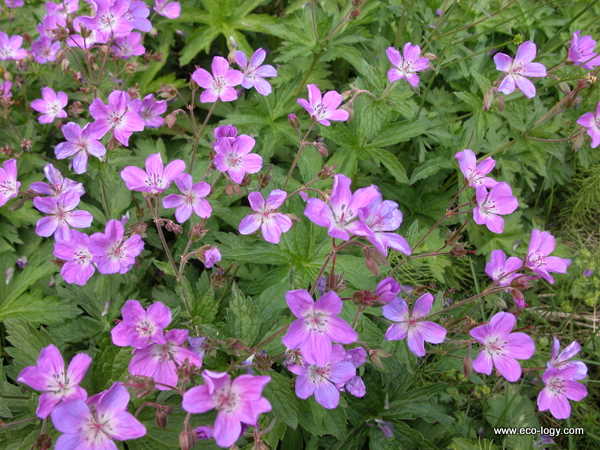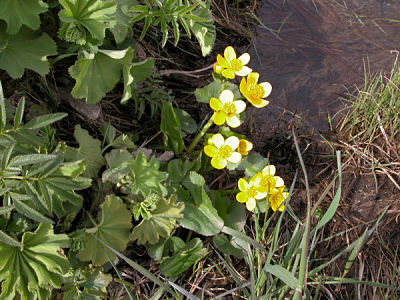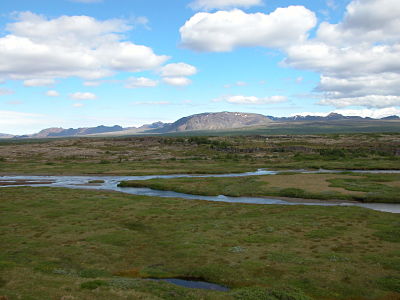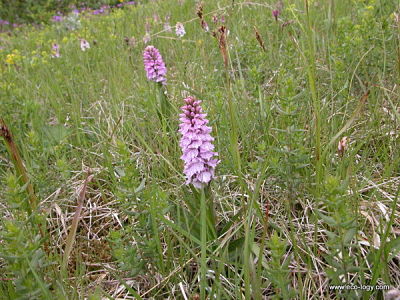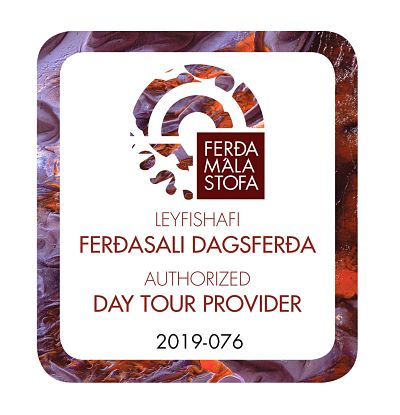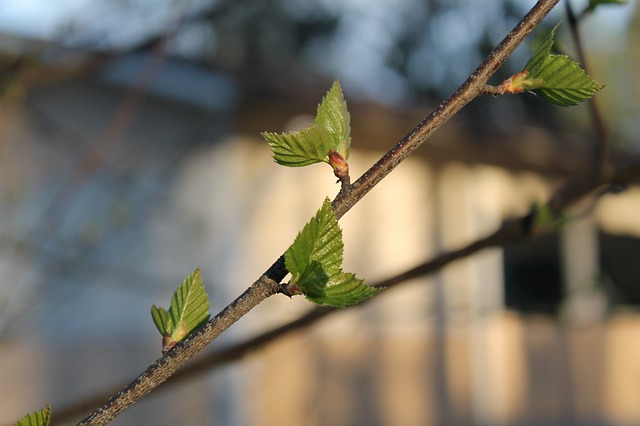Wetlands of Iceland
In the wetlands, you commonly find a mixture of sedges,
cottongrass and moss. Wetlands in Iceland may be divided
into wetter and drier types, the wetter fens and the
drier marshes. Fens are very wet and remain submerged in
shallow water during at least a part of the year. Fens are characterized by cottongrasses, especially, Common
Cottongrass (Eriophorum angustifolium) and sedges
such as Lyngbye’s Sedge (Carex lyngbyei), Common
Sedge (Carex nigra), Beaked Sedge (Carex
rostrata) and String Sedge (Carex chordorrhiza).
A marsh is the drier type of wetland, where the
vegetation is seldom submerged and often has better
drainage due to a slight inclination of the land.
Marshes are common in all parts of Iceland including
montane areas, where Bigelow's Sedge (Carex bigelowii)
and willows predominate. Wetland patches with rushes are
also common. The diversity of species in marshes
surpasses that of fen vegetation.
While sedges, horsetails, grasses and shrubs thrive in
marshes, the flowers of herbs such as the Grass of
Parnassus (Parnassia palustris) and Marsh Violet
(Viola palustris) add to the beauty of the
vegetation. Lush wetlands also exist in the central
highlands close to major rivers. Here productive wetland
oasis are dominated by graminoids, sedges, deciduous
willows and Bog Bilberry (Vaccinium
uliginosum) shrubs among patches of wetland mosses
and lichens.
Fáðu nýjustu fréttir og tilboð frá Þund!
Get updates and special offers from Thund!
